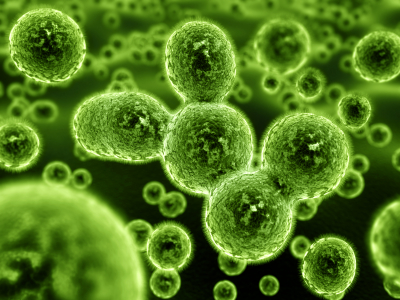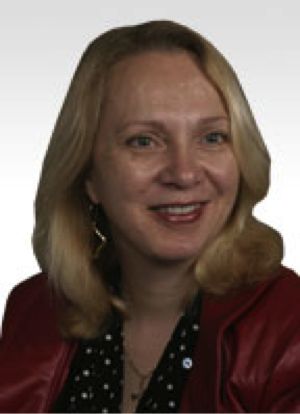Better Stem Cell Recipes Through Physics

UCSF scientist Valerie Weaver, PhD, received a $1.2 million award for research
that explores the transformation of stem cells into specialized cell types.
To make replacement tissues for damaged organs, it seems that scientists may need to bone up on physics as well as biochemistry.
While hopes are high for converting stem cells into specialized replacement tissue for damaged organs, lab recipes for doing so have yielded low numbers of the desired cell types. This inefficiency appears to be related to the environment being different in the lab dish versus the living body.
That’s why the California Institute for Regenerative Medicine (CIRM) announced today that it has awarded nearly $1.2 million to UCSF scientist Valerie Weaver, PhD, for research that explores how mechanical forces influence the transformation of stem cells into specialized cell types. Her award is part of more than $66 million of CIRM funding, which includes $40 million to create a new Center of Excellence in Stem Cell Genomics.
Cells come into contact with other cells inside of us, and with lattices of proteins and signaling molecules known as the extracellular matrix. The contact generates mechanical forces that influence how immature cells develop, or differentiate, into specialized cell types.

Valerie Weaver, PhD
“Many current differentiation protocols merely involve optimization of proteins added to the culture media,” said Weaver, professor of surgery and anatomy at the UCSF School of Medicine, and director of the UCSF Center for Bioengineering and Tissue Regeneration. “They do not consider the microenvironmental context in which cells differentiate during development or tissue repair.”
By manipulating these interactions of cells with their surroundings, Weaver hopes to find a way to produce desired cell types more efficiently.
Weaver has studied how physical forces influence cells for more than a decade.
In recent years Weaver also has studied physics in cancer, exploring how mechanical forces change as tissues change when tumors form. These changes permit the easy palpation of tumors such breast cancer, for instance.
Studies demonstrate that these mechanical forces actually help drive the development of breast cancers, Weaver said, and relieving tissue tension might inhibit cancer progression.